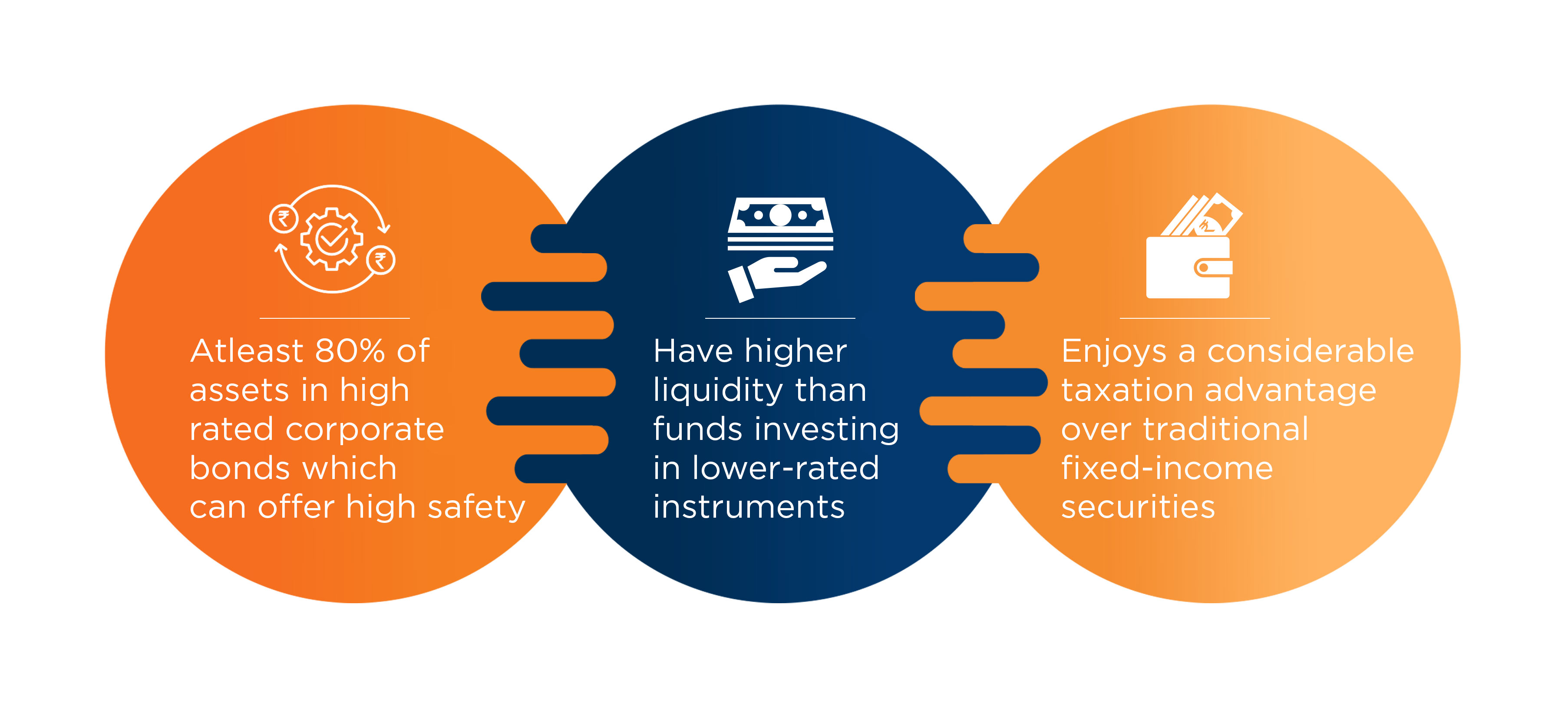
To be able to invest smartly, investors must understand basic investing strategies. These strategies include diversification (or dollar cost averaging), growth investing, as well as diversification. Let's examine these strategies in greater detail. This article will help you choose the best approach for you. Investing in a variety of sectors can be exciting and help you build wealth. It is important to have a diverse portfolio to diversify your portfolio, so you don't get sucked in to one particular sector.
Dollar cost averaging
You can avoid the emotional rollercoaster ride that comes with investing by using dollar-cost average as one of your investment methods. Many investors struggle to time the market, and even great long-term stocks sometimes move down. You can still take advantage of market dips by buying more, which will allow your wealth to grow slowly. This will maximize your profit.

Growth investing
When investing in stocks, one of the basic investing strategies for growth investors is to focus on companies within a particular sector. Healthcare has been a growing sector for many decades. This makes it a great sector to invest in. These companies are always developing new treatments, therapies, or medications. The healthcare industry will continue to grow as the baby boom generation ages. New developments in healthcare technology offer growth investors an excellent option.
Value investing
A basic investing strategy that relies on financial analysis is value-based investing. Value investors invest in companies with high intrinsic valuations and purchase shares at prices which reflect that value. They may wait for shares to drop below their intrinsic value or purchase shares when they are lower. By doing this, they can save money while still gaining the same returns that if they had bought full price. This strategy has many benefits, and is worth learning.
Diversification
Diversification means using different investments to achieve your financial objectives. You should tailor this process to your risk tolerance and financial goals. Get the help of a Financial Adviser to determine how best to diversify you portfolio. They can offer you practical strategies, interactive tools, as well as a wealth of information to help achieve your financial goals. Continue reading for more information about diversification and asset allocation within an investment portfolio.

Investing in income stocks
Income investors don’t place their capital at risk for the success or failure of their business. Instead, income investors rely on the distributions they receive. In times of economic distress, dividend yields might even drop. Income investors have many low-risk options. Here are a few:
FAQ
Can passive income be made without starting your own business?
It is. Most people who have achieved success today were entrepreneurs. Many of them had businesses before they became famous.
You don't necessarily need a business to generate passive income. You can create services and products that people will find useful.
You could, for example, write articles on topics that are of interest to you. Or, you could even write books. You might also offer consulting services. Only one requirement: You must offer value to others.
When should you start investing?
The average person spends $2,000 per year on retirement savings. You can save enough money to retire comfortably if you start early. Start saving early to ensure you have enough cash when you retire.
It is important to save as much money as you can while you are working, and to continue saving even after you retire.
The sooner that you start, the quicker you'll achieve your goals.
When you start saving, consider putting aside 10% of every paycheck or bonus. You may also choose to invest in employer plans such as the 401(k).
Contribute enough to cover your monthly expenses. You can then increase your contribution.
Should I diversify?
Many people believe diversification will be key to investment success.
Financial advisors often advise that you spread your risk over different asset types so that no one type of security is too vulnerable.
But, this strategy doesn't always work. In fact, it's quite possible to lose more money by spreading your bets around.
For example, imagine you have $10,000 invested in three different asset classes: one in stocks, another in commodities, and the last in bonds.
Let's say that the market plummets sharply, and each asset loses 50%.
At this point, there is still $3500 to go. However, if all your items were kept in one place you would only have $1750.
In reality, you can lose twice as much money if you put all your eggs in one basket.
It is crucial to keep things simple. Don't take more risks than your body can handle.
Can I put my 401k into an investment?
401Ks can be a great investment vehicle. They are not for everyone.
Most employers offer their employees two choices: leave their money in the company's plans or put it into a traditional IRA.
This means that you can only invest what your employer matches.
Additionally, penalties and taxes will apply if you take out a loan too early.
What can I do to increase my wealth?
It is important to know what you want to do with your money. If you don't know what you want to do, then how can you expect to make any money?
It is important to generate income from multiple sources. If one source is not working, you can find another.
Money is not something that just happens by chance. It takes hard work and planning. So plan ahead and put the time in now to reap the rewards later.
Statistics
- 0.25% management fee $0 $500 Free career counseling plus loan discounts with a qualifying deposit Up to 1 year of free management with a qualifying deposit Get a $50 customer bonus when you fund your first taxable Investment Account (nerdwallet.com)
- Most banks offer CDs at a return of less than 2% per year, which is not even enough to keep up with inflation. (ruleoneinvesting.com)
- An important note to remember is that a bond may only net you a 3% return on your money over multiple years. (ruleoneinvesting.com)
- According to the Federal Reserve of St. Louis, only about half of millennials (those born from 1981-1996) are invested in the stock market. (schwab.com)
External Links
How To
How do you start investing?
Investing is putting your money into something that you believe in, and want it to grow. It's about confidence in yourself and your abilities.
There are many ways to invest in your business and career - but you have to decide how much risk you're willing to take. Some people like to put everything they've got into one big venture; others prefer to spread their bets across several small investments.
Here are some tips for those who don't know where they should start:
-
Do your research. Do your research.
-
It is important to know the details of your product/service. Know exactly what it does, who it helps, and why it's needed. It's important to be familiar with your competition when you attempt to break into a new sector.
-
Be realistic. Before making major financial commitments, think about your finances. If you can afford to make a mistake, you'll regret not taking action. Remember to invest only when you are happy with the outcome.
-
You should not only think about the future. Examine your past successes and failures. Ask yourself whether you learned anything from them and if there was anything you could do differently next time.
-
Have fun. Investing shouldn’t feel stressful. You can start slowly and work your way up. Keep track and report on your earnings to help you learn from your mistakes. Keep in mind that hard work and perseverance are key to success.